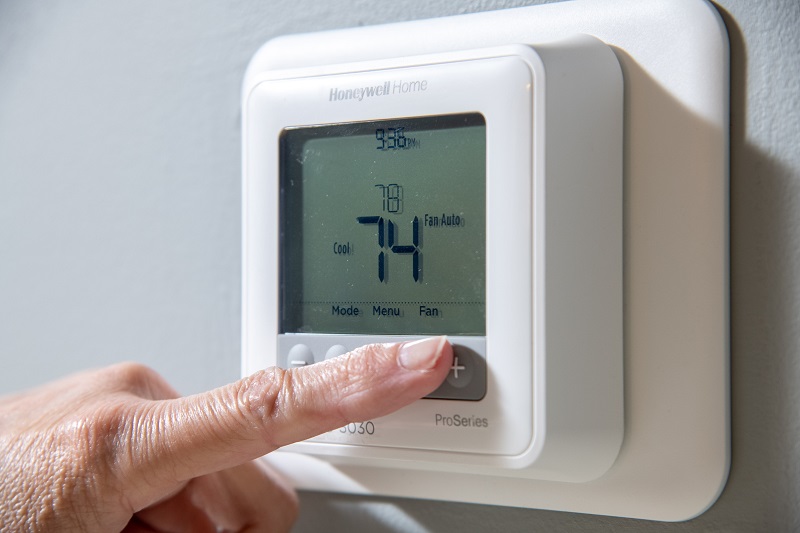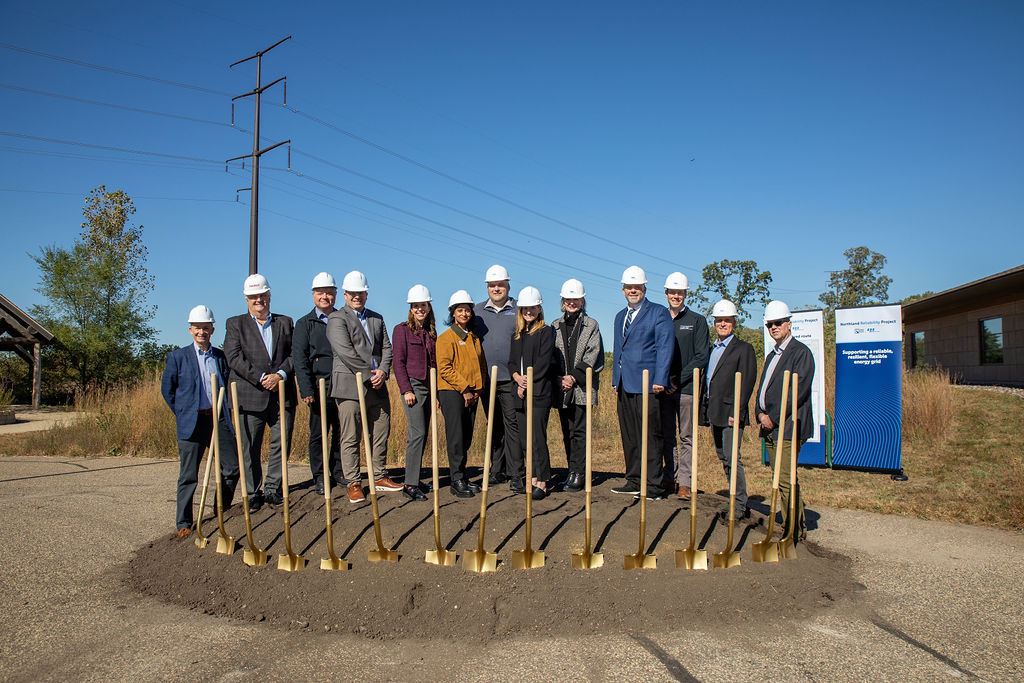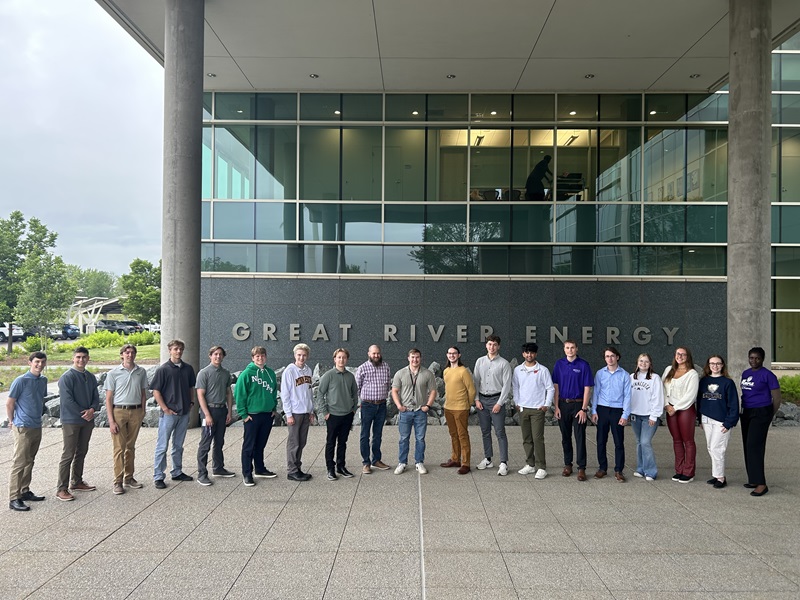August came in hot — literally — for Minnesotans, and data collected from Great River Energy’s demand response programs this summer reflect the high temperatures and market prices.
The month’s first week brought temperatures in the mid-90s with the National Weather Service Twin Cities recording the average daily high at 81.5 degrees Fahrenheit. In the end, this past summer went down as the longest on record as temperatures reached 70 degrees or higher for 118 consecutive days.
Ultimately, August was the month Great River Energy needed to dispatch its demand response resources most — 16 times, compared to two, five and three in the months prior, respectively.
This is all part of the cooperative’s strategy to use the grid efficiently and economically by reducing demand during periods of high stress — such as hot-weather days — and shifting energy consumption to off-peak times.
Members have voluntarily enrolled more than 370,000 appliances and irrigation systems into the demand response programs offered by Great River Energy and its member-owner cooperatives. By participating, consumers grant Great River Energy permission to “control” or “cycle” their air conditioner, water heater, heat pump or other electric devices for a period of hours on high demand days in exchange for a reduced electric rate.
“Our membership experienced control events on 31 days from May through September in response to expected high energy market prices, thereby reducing Great River Energy’s evening peak market exposure. The market conditions were a function of high natural gas prices caused by low storage inventories.”
— Jeff Haase, Great River Energy’s director of member services and end-use strategy
While this summer saw multiple control events, with 115 hours of cycled air conditioning control and nearly 200 hours of interruptible water heating control, it was not an unprecedented season. Comparatively, Haase said, Great River Energy controlled programs significantly from 2006-08, including over 700 hours of interruptible water heating control in 2008.
By calling on its demand response resources this summer, Great River Energy reduced hundreds of megawatts of electricity demand and avoided making costly market purchases — ultimately saving members upwards of $2.5 million.
But just as quickly as the heat seemingly has made its way out, cooler temperatures are rolling in ahead of another season that often sees control events. With inflationary pressures and supply constraints continuing to drive high prices, Haase said Great River Energy is communicating to its member-owners that the current pricing environment will likely extend into winter.
“Winter brings added pressure into the wholesale power markets due to natural gas supply competition with residential heating,” Haase said, “but we expect to manage costs by using members’ dual fuel program capabilities to reduce load and market exposure during winter peak pricing hours.”

 " data-object-fit="cover">
" data-object-fit="cover">
 " data-object-fit="cover">
" data-object-fit="cover">